Attorneys Serving Injury Victims of Self-driving Cars Across Massachusetts and Rhode Island
As the automotive industry continues to strive to make motor vehicles safer, Tesla has stepped it up and produced a new self-driving car. While not completely autonomous, Tesla’s new vehicle does take autonomy to a higher level by allowing drivers to switch into autopilot mode. Even better is the fact that most of these semi-autonomous vehicles did not just roll off the assembly line. Through an “over-the-air” update, tens of thousands of existing Tesla car owners suddenly had access to features they never had before, according to Wired.com.
While drivers are advised to keep their hands (or at least a finger or two) on the steering wheel at all times when operating a vehicle in autopilot mode, it won’t be you doing the driving per se. In auto-pilot, your vehicle uses sensors, cameras, radar, and sonar to detect nearby vehicles, read lane lines, and recognize other objects that could pose a danger.
Based on the data gathered by the Tesla in-vehicle systems, the new mode allows the vehicle to steer clear of obstacles, maintain a safe speed, and apply brakes as needed. Drivers will keep their hands on or near the steering wheel, and must remain alert to retake control when the situation warrants. Legally, drivers will remain responsible for their actions while behind the wheel while operating the vehicle in autopilot mode.
Pros of Tesla’s Semi-Autonomous Vehicle
As Tesla has generated a lot of hype and great interest in these semi-autonomous vehicles, we thought we’d take a look at a few of the benefits:
- Hands-Free: Your hands don’t need to remain fully (only partially) on the wheel at all times.
- Auto Lane Change: Lane changes can be done simply by deciding which way you want to turn, selecting the turn signal, and letting the car do the rest. As long as you have sufficient room, and the lane next to you is clear, your vehicle should speed up a little bit and make the lane change.
- Self-Parking: Self-parking is available in many cars, including Tesla’s semi-autonomous vehicles. This feature allows the car to park itself, so the driver does not have to worry about trying to parallel parking in a tight space — the vehicle does it all for you.
- Autopilot Alert system: If a driver begins to fall asleep or doze off, and the vehicle senses a potential problem, an alarm will go off to let the driver know that he or she must take back control right away. Should the driver not take control, the vehicle has a safety feature that allows it to automatically begin to slow the vehicle down, bring it to a complete stop, and turn on the hazard lights to warn approaching vehicles.
- Over-the-air updates: Vehicles made in the past year will be able to receive updates over-the-air. This allows the vehicles to remain current with any updates released to improve performance and features.
In the future, it is hoped that the technology will allow vehicles to communicate with one another and create a connected system that will provide an even higher level of safety.
Cons of Tesla’s New Self-Driving Car
- Auto-Pilot Drawbacks: Drivers have to keep in mind that autopilot in a vehicle is similar to autopilot in an aircraft. In a plane, a pilot stays in control, regardless of whether the plane is being flown in autopilot mode or not. The new Tesla vehicle also requires a “pilot.”
- Hands-Free Doesn’t Really Mean Hands-Free: The law doesn’t currently allow drivers to operate vehicles hands-free. In most areas, drivers are required to keep their hands (or at least fingers) on the steering wheel at all times. For liability purposes, drivers must maintain some level of control, and the autopilot features will not exonerate a driver who, through negligent driving behavior, is involved in an auto accident.
- Software Updates Not Broadly Available: The software update feature doesn’t work in every location. If you are driving in rural areas, or traveling at a speed under 18 mph, the autopilot features don’t function. The technology was geared toward driving along highways and freeways where road conditions are much more predictable than city streets and back roads.
Scenarios could arise which would prevent the autopilot from being able to accurately detect and avoid obstacles, as it is not equipped with the “full autonomy sensor suite.” Also, older models cannot receive newer updates so as to become semi-autonomous.
- Responsibility in a Self-Driving Vehicle: One of the most basic cons of self-driving cars is the worry that drivers will become so dependent on their vehicles, they will stop paying attention and fail to make important life-saving driving decisions.
Contact the Bottaro Law Firm, LLC Today
If you or a loved one has been involved in an auto accident in Rhode Island, particularly involving a vehicle with semi-autonomous capabilities, hire legal representation at once. Our lawyers can help you pursue the maximum possible in compensation, based upon the facts in your case.
Call the Bottaro Law Firm, LLC to schedule a free consultation about your car accident injury case.

